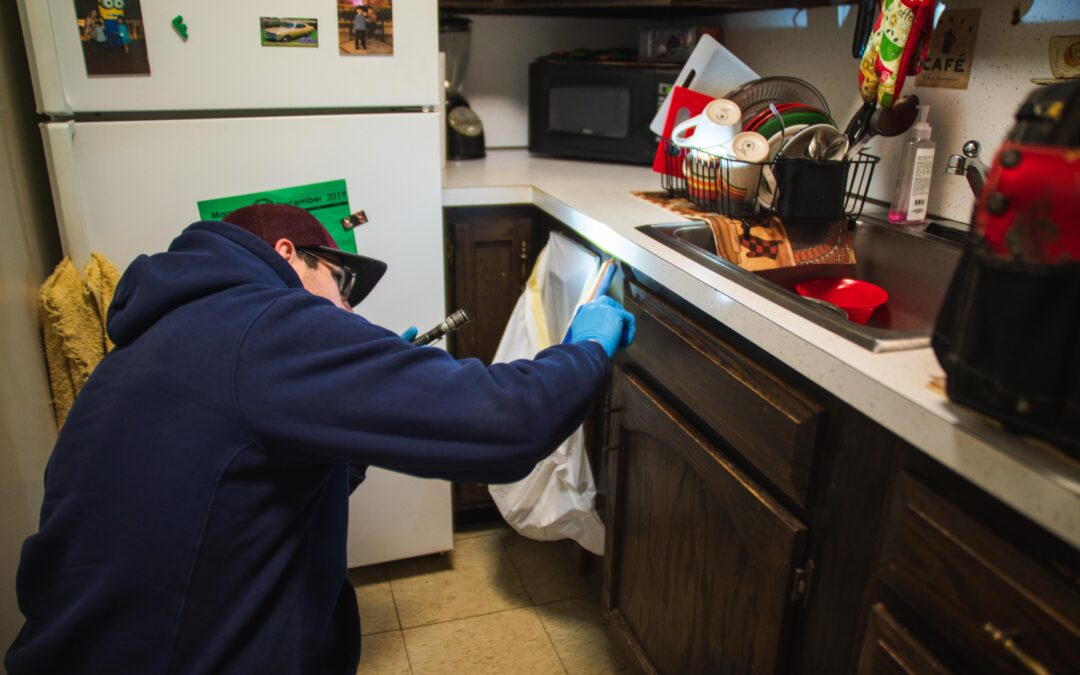The ant species commonly known as the longhorned crazy Ant (Paratrechina longicornis) is one of the most widespread and pervasive indoor ant pests in the world. The workers of this species that homeowners often spot foraging indoors have very long legs with a shiny dark brown to black exterior, and they are relatively small at only ⅛ inch in length. However, longhorned crazy ants (LCA) can usually be identified rather easily due to their erratic movements and the unusually rapid pace at which workers travel along walls to navigate their way around the interior and exterior of homes. Workers of this species do not travel along fixed foraging trails and they clearly do not forage in orderly formations, but these ants are opportunistic omnivores that will consume anything edible that they encounter including live and dead insects, seeds, honeydew, fruits, plant nectar, and many household foods. In addition to feeding on food scraps beneath kitchen appliances, LCAs often congregate in garbage receptacles to feed on rotting food, and they are sometimes found foraging in kitchen cupboards and pantries.
Just like most non-native tramp ant species, LCAs are notorious among pest control professionals for being among the most difficult ant pests to control, and there are several reasons for this. First of all, LCA colonies are inhabited by an unusually high number of individuals, most of which are workers that travel long distances from their nest to enter homes where food sources, water, or superior shelter can be secured. Workers are able to relocate nests easily and they are highly skilled at exploiting interior structures, as they have been found on the upper floors of high-rise buildings in Boston, New York, and Los Angeles. Second of all, this species’ appetite changes with the seasons, which often makes controlling infestations with baiting systems a frustrating task. During the summer, LCAs may avoid honey or sugar baits due their seasonal preference for a high protein diet. Individual workers feed on honeydew from aphids and transporting dead insect carcasses requires the strength of multiple workers to transport. Perhaps worst of all, LCAs are able to survive in both dry and moist environments, and workers readily establish indoor nests within inaccessible spaces like wall and ceiling voids. Because of this, infestations cannot be controlled by altering indoor temperature or humidity levels, but keeping indoor food sources as minimal as possible with regular sanitation will go a long way toward controlling these pests. Active infestations usually require professional pest control intervention.
Have you ever found longhorned crazy ants in your home?

